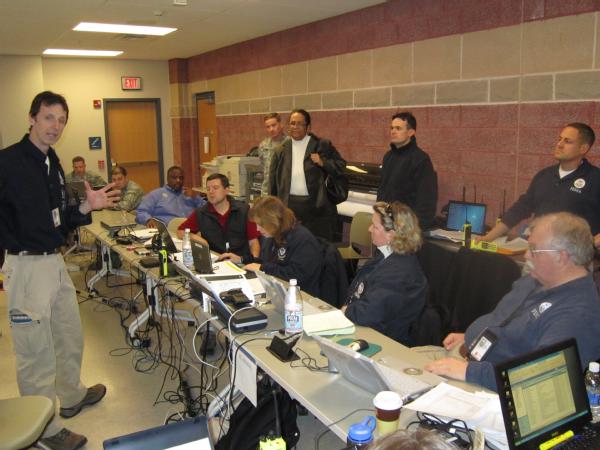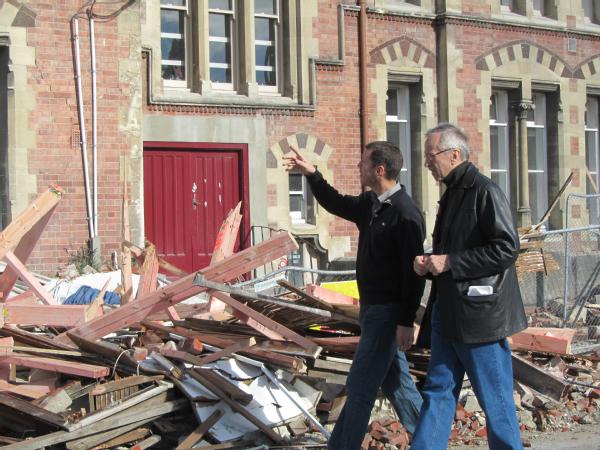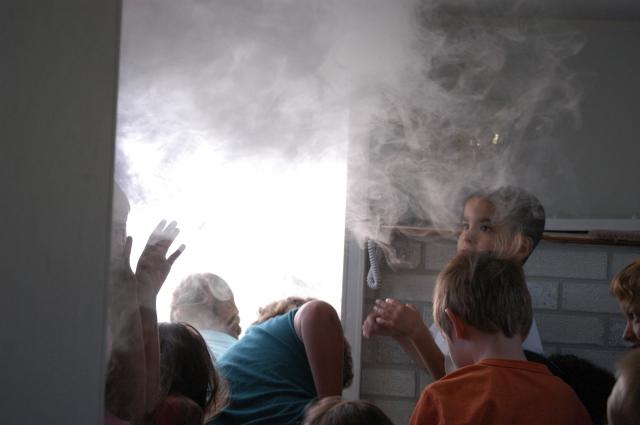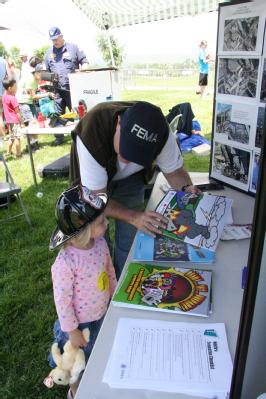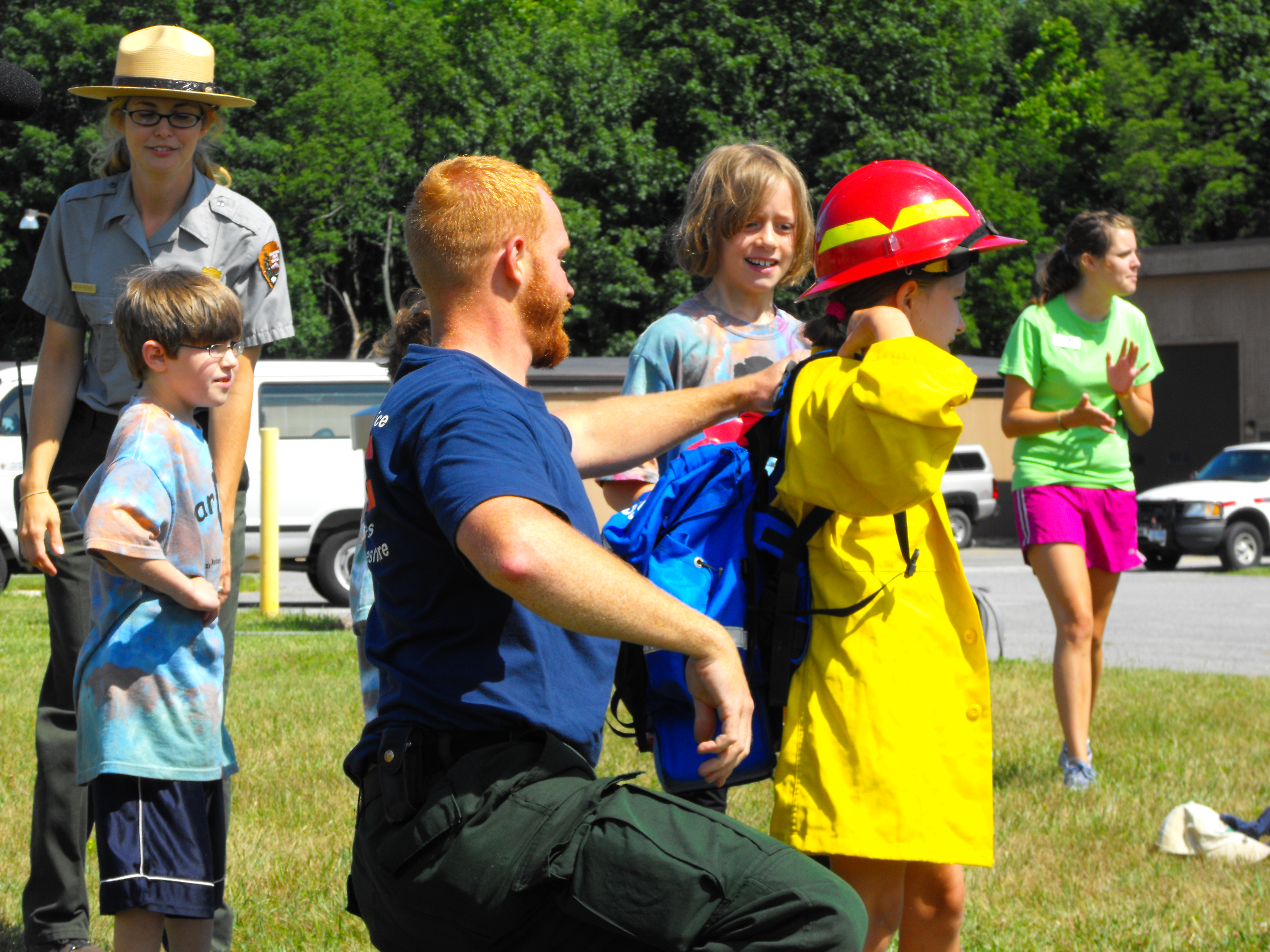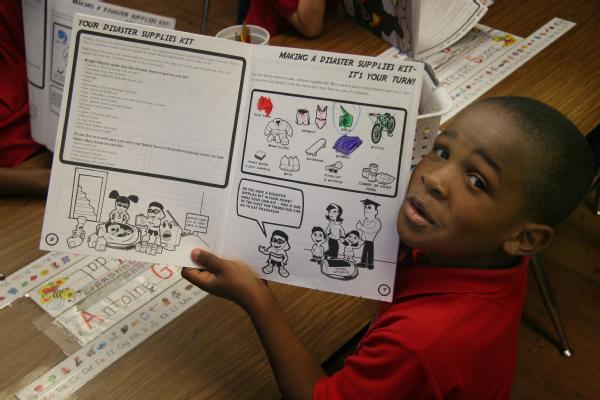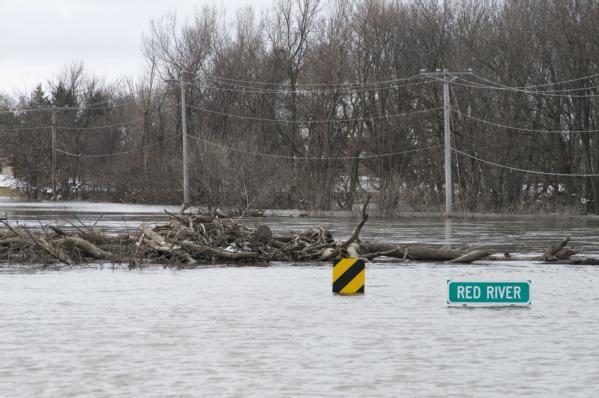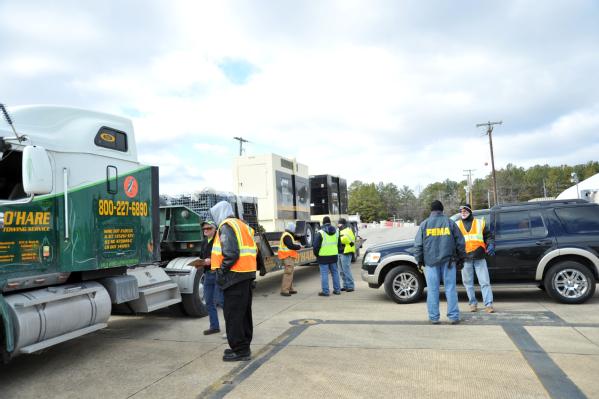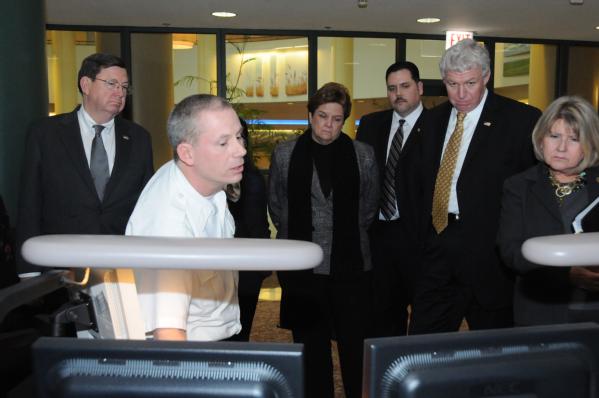Posted by: Sandra Knight, Deputy Federal Insurance and Mitigation Administrator, Mitigation
At FEMA, our top priority is the safety of the citizens and communities we serve. A central part of our commitment to protect lives and property is to ensure that people are aware of the natural hazards and risks that exist in their communities so they can take appropriate actions to safeguard their property and their lives. We are constantly encouraging communities to take steps now to protect against those natural risks, including flooding – which is both the most common and the most expensive type of natural disaster in the U.S.
One of the goals of this blog - and another key priority for us at FEMA - is to make sure that the public and all of our stakeholders have an accurate understanding about how we operate. Over the years, there has been a number of confusing and at times misleading news reports about FEMA flood-mapping efforts and flood insurance in general. We wanted to set the record straight and make sure that all homeowners in communities across the country have consistent and accurate information about this important topic. Below are some common questions and answers about flood insurance.
Q: Does FEMA run a “mandatory flood insurance program?”
A: No. In 1968, Congress created the National Flood Insurance Program to provide property owners with financial protection against the devastating effects of flooding, since many standard homeowners’ insurance policies did not cover flood damage. The program is authorized by Congress and administered by FEMA, who works with nearly 90 private insurance companies to provide affordable flood insurance to both property owners and renters.
A separate law passed by Congress in 1973 directed mortgage lenders to require that people who are in special flood hazard areas and have a federally backed mortgage to purchase flood insurance. (These “Special Flood Hazard Areas” are also known as a “100-year flood zones”, an area that has been determined to have a 1 percent annual chance of flooding. Over the course of a 30-year mortgage, homeowners at the edge of this area have a 26 percent chance of experiencing flood damage.)
Some lenders may also implement their own insurance requirements on those not in a special hazard flood area as a condition of the loan. While it’s easy to assume – and commonly reported – that FEMA requires people to purchase flood insurance, it is actually a congressional mandate, required by mortgage lenders, not by FEMA.
Q: Why does FEMA conduct flood-mapping?
A: Under the guidance and direction of Congress, FEMA updates flood maps for communities around the country. This is done to show the most accurate and up-to-date information available regarding flood risks in a community. Throughout this process, FEMA works closely with local communities to ensure that any verifiable data that will strengthen the maps are included and incorporated. The entire process takes 2-3 years and includes a lengthy public and technical review.
Q: Does FEMA take into account outside data?
A: It’s important to note that is FEMA is currently in the process of updating flood maps in communities around the country. Updating these maps is a collaborative process, during which we work closely with the local community, incorporating any verifiable data they provide into our models so that the maps better reflect the risk the community faces. If new information is made available even after flood maps have gone into effect, FEMA will review the new data and revise the map as appropriate.
Q: Why would homes at one of the highest elevations in a county be considered high risk for flooding?
A: In reality, the flood risk of a community is determined by a number of factors, including rainfall, elevation, topography, flood control measures and any changes in building or development. A home’s elevation is simply one part of the equation.
Q: What options do people have if they think a flood-map miscalculates their risk?
A: A property owner has the option to submit new or additional data if they want the maps to be updated. If their information proves accurate, the maps will be updated and they will be removed from the high hazard flood zone.
If you think that there is inaccuracies on your local flood map, you can contact 1-877-FEMA-MAP (1-877-336-2627).
Q: Why should someone purchase flood insurance?
A: We know that for homeowners – especially in this economy – any additional expenses can be difficult, and may seem unnecessary if they have been lucky enough not to experience a flood. But, like insurance we purchase for our cars, or our health – flood insurance is meant to protect us from the much greater costs we could incur if a flood did hit. We hope homeowners that do purchase flood insurance never have to use it, but it is a critical means of protecting your property and loved ones against a hazard that hits far too many communities around the country each year. The consequences can be personally and financially devastating.
As we have seen time and time again, the most important way to protect ourselves against any type of disaster is to know what risks exist in our communities and to be prepared. We hope this post helps clear up an issue that can often be confusing – and empowers you with clearer information about flood risks.
For more information about flood risks in your community, contact your city or local floodplain manager. And for more information about the National Flood Insurance Program or the dangers of flooding, please visit
www.floodsmart.gov.
- Sandra


